Chemical reaction engineering (CRE) finds applications in various industries, ranging from the production of chemicals, fuels, and pharmaceuticals to environmental remediation and renewable energy. One significant application is in the production of chemicals such as ammonia, methanol, and polymers. CRE is essential for designing reactors that maximize product yields, minimize by-products, and operate efficiently. In the pharmaceutical industry, CRE is crucial for synthesizing pharmaceutical compounds with high purity and yield. Reactor design must consider factors such as reaction selectivity, temperature control, and the handling of highly reactive or sensitive compounds.
Environmental engineering relies on CRE for processes like wastewater treatment, air pollution control, and remediation of contaminated sites. Reactors are designed to facilitate the removal or transformation of pollutants while minimizing energy consumption and waste generation. Despite its numerous applications, CRE faces several challenges. One challenge is the complexity of reaction kinetics, especially for multi-step reactions or reactions involving complex intermediates. Understanding and accurately predicting reaction kinetics are crucial for reactor design but can be challenging due to limited experimental data and the need for sophisticated mathematical models. Another challenge is optimizing reactor performance under dynamic operating conditions. Industrial processes often experience fluctuations in feed composition, temperature, and pressure, requiring reactors to operate efficiently over a wide range of conditions while maintaining product quality and safety.
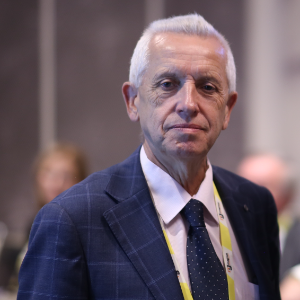
Stanislaw Dzwigaj
Sorbonne University, France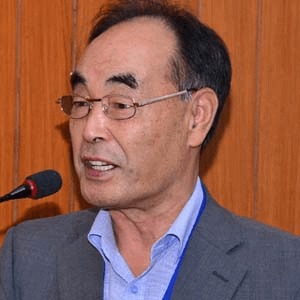
Dai Yeun Jeong
Asia Climate Change Education Center, Korea, Republic of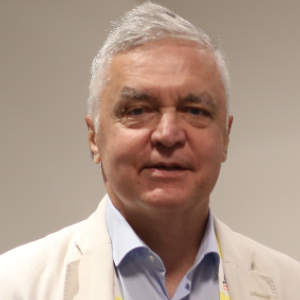
Sergey Suchkov
N.D. Zelinskii Institute for Organic Chemistry of the Russian Academy of Sciences, Russian Federation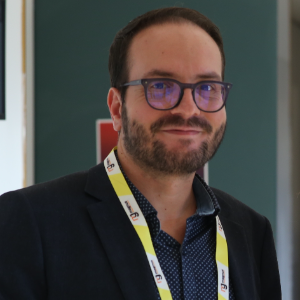
Enrico Paris
CREA-IT & DIAEE, Italy
Rabeharitsara Andry Tahina
GPCI-ESPA Antananarivo University, Madagascar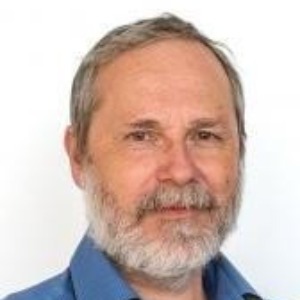
Jiri Dedecek
J Heyrovsky Institute of Physical Chemistry , Czech Republic
Uday Som
Research and Development Engineer, Japan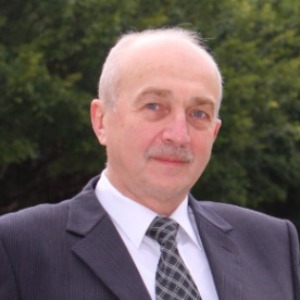
Vladimir G Chigrinov
Hong Kong University of Science and Technology, Russian Federation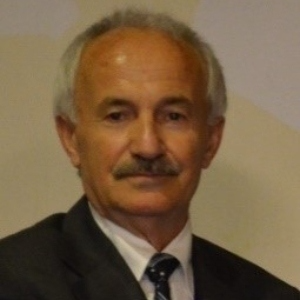



Title : Distant binuclear vanadium V(II) cationic sites in zeolites and their reactivity
Jiri Dedecek, J Heyrovsky Institute of Physical Chemistry , Czech Republic
Title : Advanced nanostructures for carbon neutrality and sustainable H₂ energy
Tokeer Ahmad, Jamia Millia Islamia, India
Title : Personalized and Precision Medicine (PPM) as a unique healthcare model via bi-odesign, bio- and chemical engineering, translational applications, and upgraded business modeling to secure the human healthcare and biosafety
Sergey Suchkov, N.D. Zelinskii Institute for Organic Chemistry of the Russian Academy of Sciences, Russian Federation
Title : Antibody-proteases as a generation of unique biomarkers, biocatalysts, potential targets and translational tools towards nanodesign-driven biochemical engineering and precision medical practice
Sergey Suchkov, N.D. Zelinskii Institute for Organic Chemistry of the Russian Academy of Sciences, Russian Federation
Title : Dimethyl ether synthesis from syngas over Cu-Zn/Al2O3 catalysts prepared using the Sol-Gel method
Uday Som, Research and Development Engineer, Japan
Title : Influence of various catalysts on H₂ enhancement and CO2 capture during syngas upgrading
Enrico Paris, CREA-IT & DIAEE, Italy
Title : Photoaligned azodye nanolayers : New nanotechnology for liquid crystal devices
Vladimir G Chigrinov, Hong Kong University of Science and Technology, Russian Federation
Title : Application of vanadium, tantalum and chromium single-site zeolite catalysts in catalysis
Stanislaw Dzwigaj, Sorbonne University, France
Title : Advances in heterogeneous catalysis for green conversion of propene to aldehydes and alcohols
Ram Sambhar Shukla, CSIR-Central Salt and Marine Chemicals Research Institute (CSMCRI), India
Title : Oxidation of methane to methanol over pairs of transition metal ions stabilized in the zeolite matrices
Jiri Dedecek, J Heyrovsky Institute of Physical Chemistry , Czech Republic